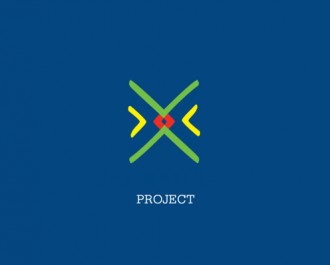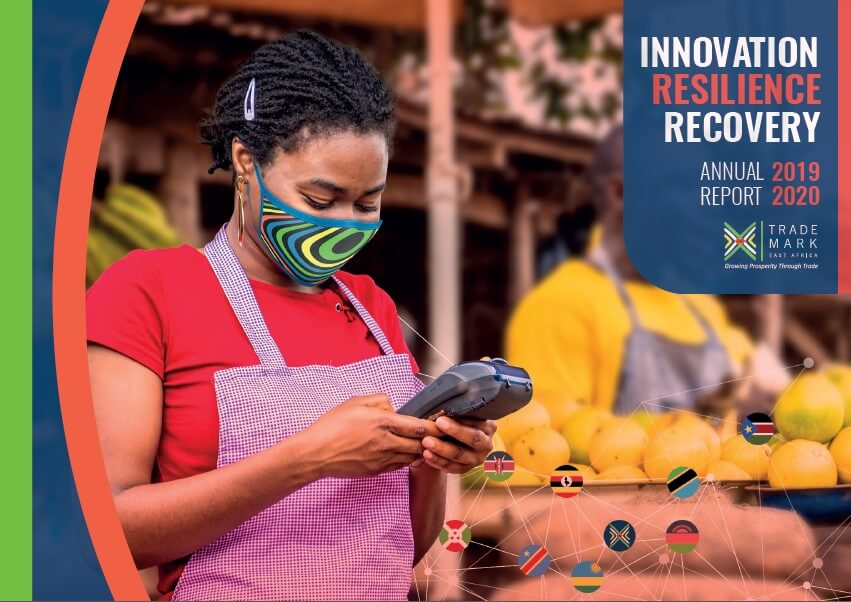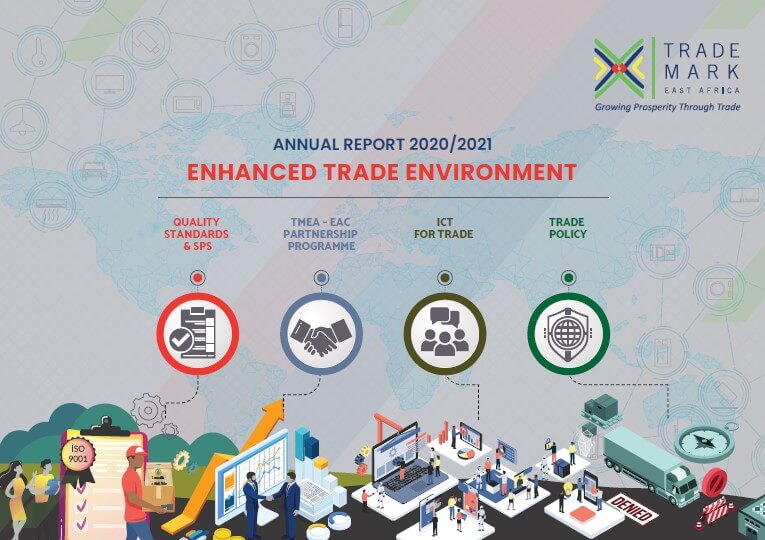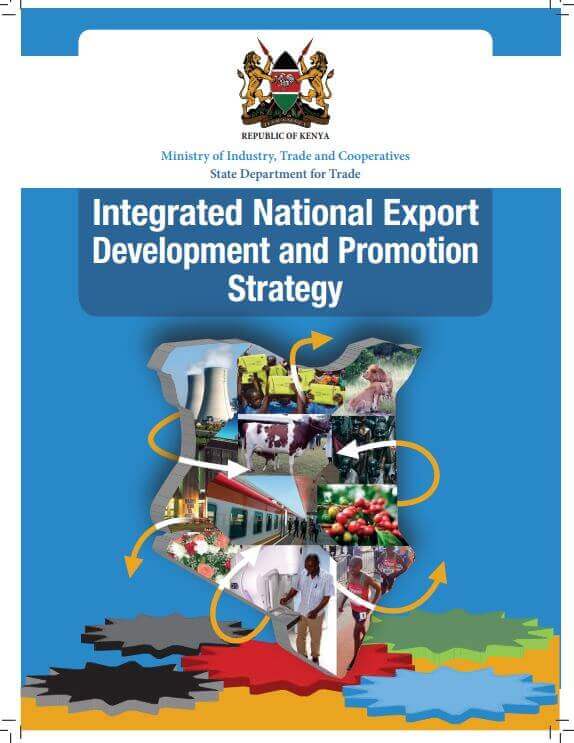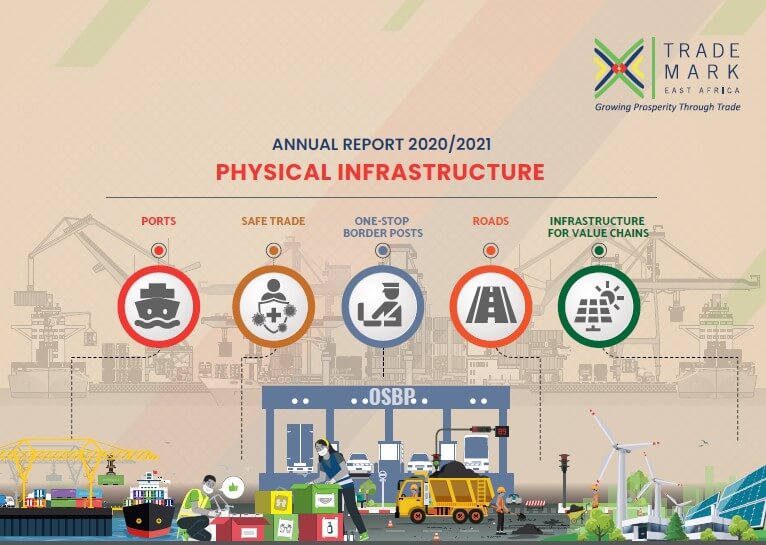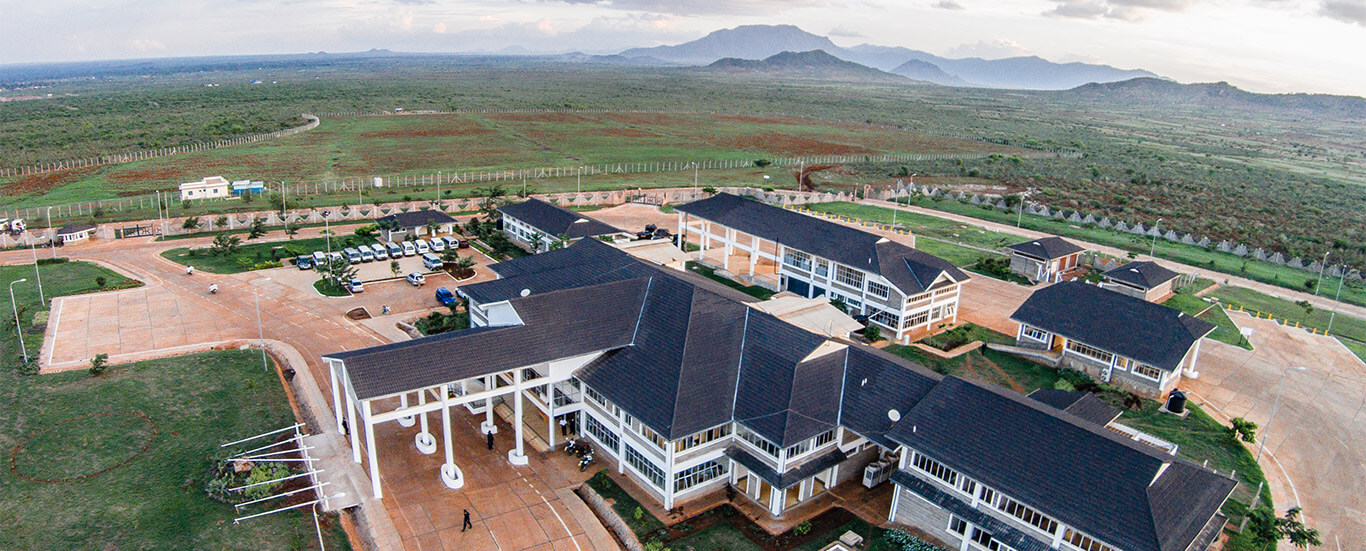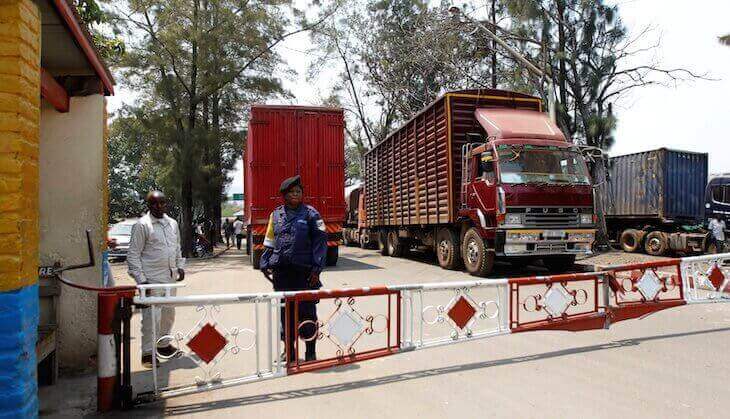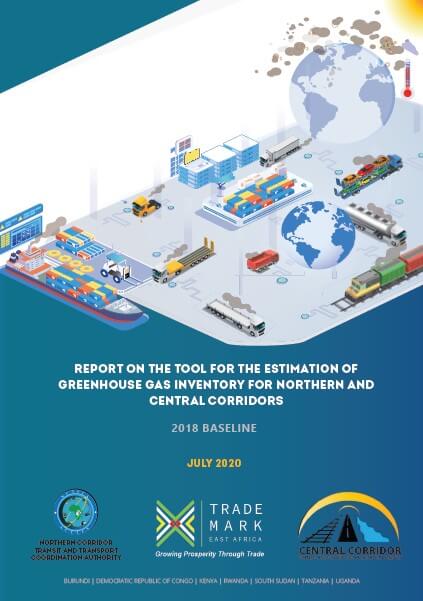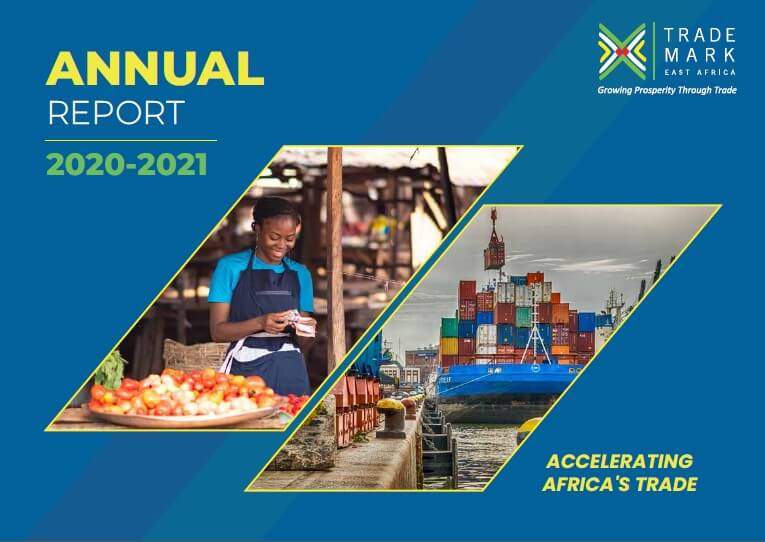[vc_row][vc_column][custom_inner_menus select_menu="project"][/vc_column][/vc_row][vc_row][vc_column][single_project_block_1 heading="Standards and SPS Measures" implementor="National sectoral regulatory authorities involved in regulating traded products National bureaux of standards National SPS Committees and SPS agencies Private sector business member organisations at national and regional level Private firms (manufacturers) and agribusiness cooperatives Private sector conformity assessment services providers e.g. labs and inspection bodies East African Community organs- East African Standards Committee and sub-committees, Technical Management Board Other donor organisations and programmes with similar programmes and experience in projects. These include the Standards and Trade Facility (STDF), Food Trade Southern and Eastern Africa (FTSEA), Alliance for a Green Revolution in Africa (AGRA), the USAID Trade and Investment Hub (USAID TIH), and the Centre for Phytosanitary Excellence (COPE)." target_group="Burundi, Kenya, Rwanda, Uganda, South Sudan, Tanzania, Uganda, Regional" project_value="$13.87M" implementation_period="2019-2023" download_btn_text="Download Project PDF" download_btn_link="#url"]There is need to build sustainable Quality Systems at the national and regional levels in the EAC to support the implementation of the EAC Common Market, leading to increased intra-EAC trade, and increase in agricultural exports from the EAC region. It builds on lessons and results from Strategy 1, where product certification facilitated faster standards-related border clearance. Based on that, the programme proposes increased product certification and interventions that require country-specific requirements such as testing, labelling and certification. What: The aim is to bring the (National Bureaux of Standards) NSBs to a capacity level that can be trusted by all other NSBs in the region, removing the need for retesting, recertification and relabelling of regionally traded goods. SPS Agencies will be...
Standards and SPS Measures
Posted on: June 4, 2019
Posted on: June 4, 2019

